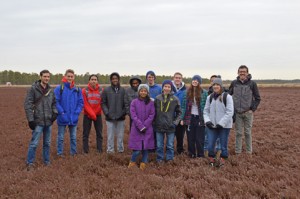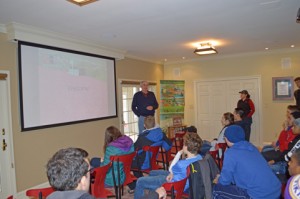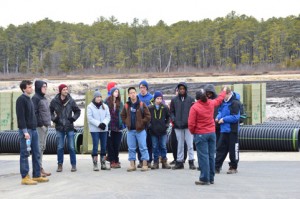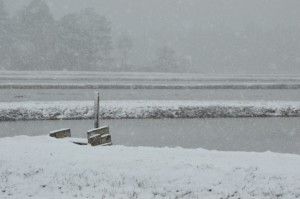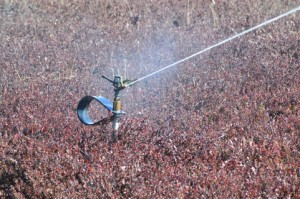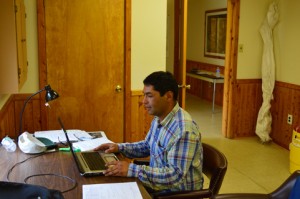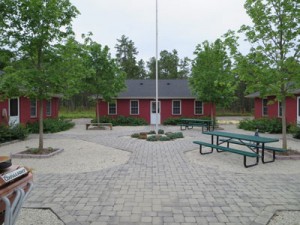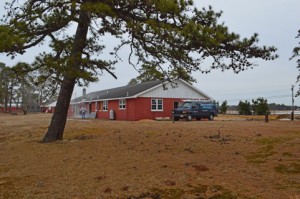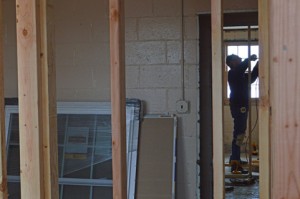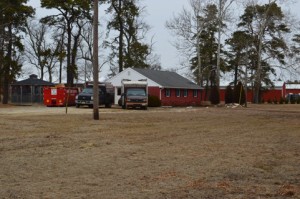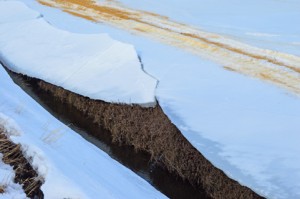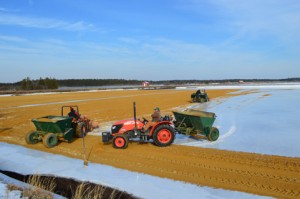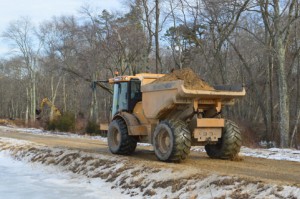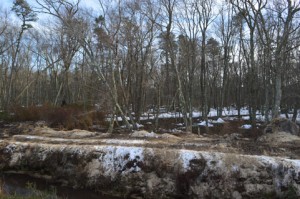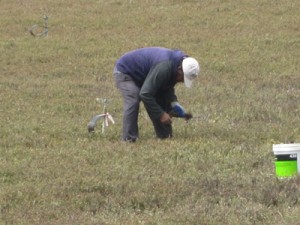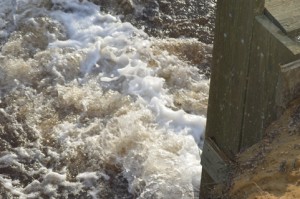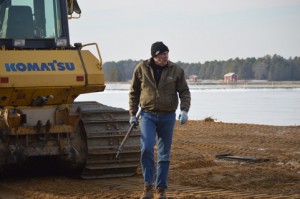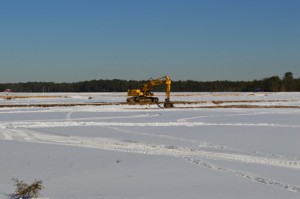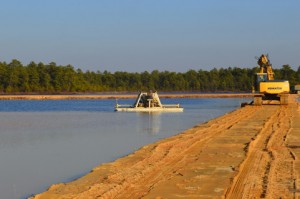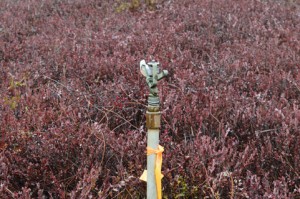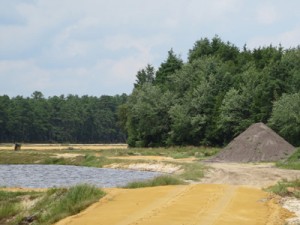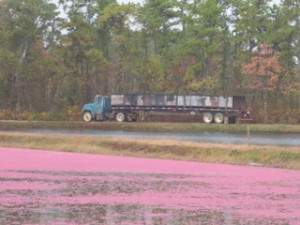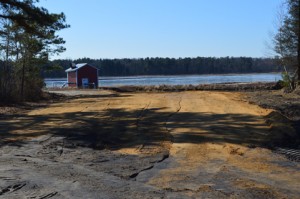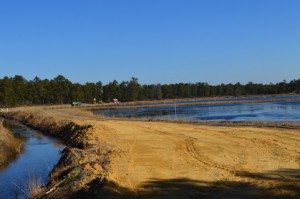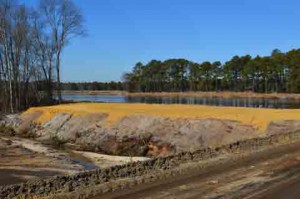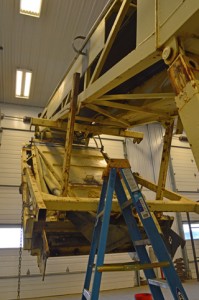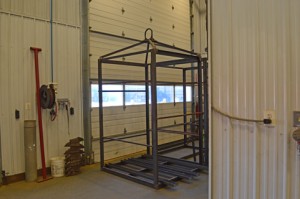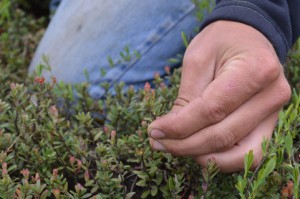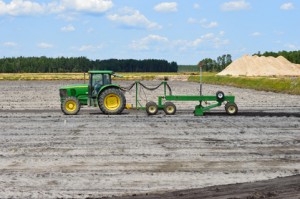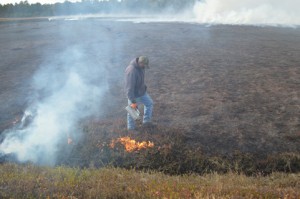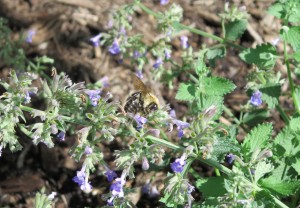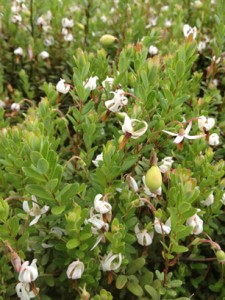This week, Pine Island Cranberry was pleased to host a group of students from Moorestown Friends, who were doing an intensive learning unit on the Pine Barrens!
They started their visit with an introduction to the place by CEO Bill Haines, who talked a little bit about family, history, tradition, and of course, the water. He then turned the program over to PIICM Manager Cristina Tassone and New Production Manager Mike Haines.
Cristina and Mike took the students through a slideshow tour of the yearly life cycle of the cranberry harvest, answering questions along the way. The students showed a lot of curiosity, especially about the water management. Cristina and Mike also spent some time explaining how we take a corporate structure and make it work for the unique needs of an agricultural operation.
After that, it was time to get everyone’s feet in the bog! The students took a walk into a bog where the winter flood had been temporarily removed for sprinkler installation and got a closer look at uprights, runners, and budding, as well as the ditches for our irrigation system. They also got to explore the platform at the packing house.
Their biggest lesson learned, in their own words, was “how essential water quality is to cranberry growing, and how much the company does to protect this natural resource.”
It’s always a pleasure to show people what we do here year-round, especially with such a lively and attentive group! We’re looking forward already to next year and the opportunity to show more of the next generation what we do and who we are.

